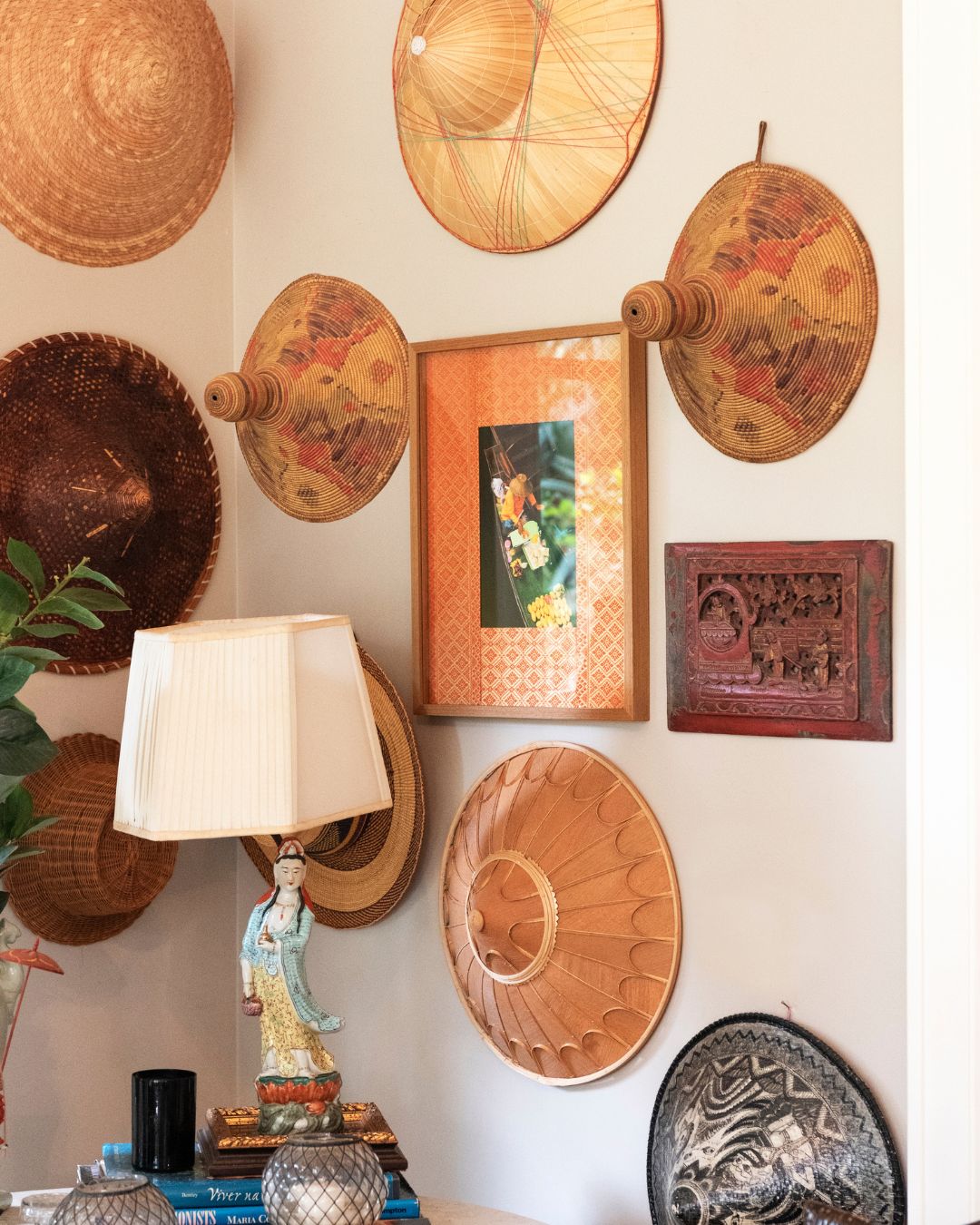Interior decoration is one of the most fascinating forms of art, as it allows us to transform spaces and create environments that reflect our tastes, personalities and aspirations. Over the years, evolving interior design trends have provided a wide range of options for decorators and enthusiasts. One of the trends that has consistently stood out is the use of fine art photography frames. In this text, we will delve deeply into this fascinating world of fine art photography and how it has the ability to transform the decoration of environments in surprising ways.
What is fine art photography?
Fine art photography is much more than just an ordinary photograph. It represents a form of artistic expression that uses photography as its means of expression. The main distinction between fine art photography and traditional photography is the intention behind the image captured. While traditional photography generally seeks to capture a moment or object in a realistic way, fine art photography aims to express the personal vision of the artist behind the camera, transcending the simple representation of reality.
It is important to understand that, in fine art photography, the photographer is considered an artist, equating his camera to a painter's brush. This approach places photography on a higher artistic level, where each image captured is a unique and authorial piece, designed to provoke emotions, thoughts and reflections in the observer.
What differentiates traditional photography from fine art photography?
The main difference between traditional photography and fine art photography is the photographer's intention. While traditional photography seeks to record a moment or an object in a realistic way, fine art photography aims to express the artist's personal vision, creating images that go beyond the simple representation of reality.

What is fine art printing?
Fine Art printing, also known as art printing, is a method of reproducing works of art, photographs or images with high quality and durability, generally used to create copies of original pieces of art. This technique is often associated with producing high-quality prints intended for art collectors and exhibitions.
Features of Fine Art printing:
-
Quality and Accuracy: Fine Art printing uses high-resolution printing technology to capture precise details and vibrant colors, reproducing the original work as faithfully as possible.
-
High Quality Materials: High quality and durable papers and inks are used, designed to resist fading and aging over time.
-
Limited Editions: Fine Art prints are often produced in limited editions, which can increase their value and appeal to collectors.
-
Artist Signature: In some editions, the artist may sign and number each copy, which adds authenticity and value to the print.
-
Variety of Surfaces: In addition to paper, Fine Art printing can be done on canvas, metal, wood and other materials, offering options for different styles and preferences.
-
Diverse Applications: These prints are used not only in art but also in photography, interior decoration and design projects, allowing images to be incorporated into different contexts.
-
Preservation and Conservation: The high-quality materials used in Fine Art prints are designed to last for many years as long as they are properly cared for and protected from direct sunlight and moisture.
-
Art Market: Fine art printing plays an important role in the art market, making artists' work more accessible to a wider audience while preserving the integrity of the original work.
These prints are popular among art collectors, photographers and artists, as well as for interior decoration in homes, offices and commercial spaces, due to their superior quality and refined aesthetics. They are a way to enjoy the beauty of art and photography in an affordable and lasting way.
Turning photography into art
The transformation of photography into art occurs during the fine art printing process . This method involves the use of special techniques and materials that ensure faithful color reproduction and the durability of the work of art. This technique provides a wealth of detail and depth that surpasses the capabilities of traditional printing. Furthermore, fine art printing allows the creation of limited editions, which gives additional value to the work, making it more exclusive and coveted.

Inspiration for using Fine Art frames
Fine art photography paintings are extremely versatile and can be used in different ways in interior decoration. They have the power to make up an entire wall, highlight a specific space, add color or texture to a room, or even create a focal point that attracts all eyes. Let's explore these possibilities in more detail:

Frame composition
A popular approach to decorating with fine art paintings is to create dynamic and interesting compositions. By combining paintings of different sizes, formats and styles, you can form a set that harmonizes with the space and adds personality to the decor. This technique allows the creation of a unique wall, full of visual narratives that captivate viewers.
Highlight a space
Fine art photography frames are ideal for highlighting specific areas of an environment. They can be used to direct the focus of attention to an empty wall, a special piece of furniture or a decorative object. By doing so, you add an artistic touch that highlights the importance of these elements within the space.Add color or texture to a room
Another creative way to use fine art paintings in decoration is to introduce complementary colors or textures to the environment. Images can be carefully chosen to harmonize with the existing color palette or to create an intriguing contrast that engages the senses. This play of colors and textures is a powerful tool for creating the desired atmosphere in any environment.
How about trying mixing wallpaper with works that mix fine art photography and weaving, like Ad Astra's Some of a Kind line: https://adastrabr.com/collections/quadros-some-of-a-kind
Create a focal point
Creating a focal point is a design technique that helps organize space and guide viewers' eyes. A well-positioned fine art photograph can play this prominent role. He immediately attracts attention, becoming the center of attention and generating interest around him.Selecting the Perfect Fine Art Photo Frames
Choosing the ideal fine art photography frames requires attention to detail and careful consideration. Here are some points to keep in mind when selecting artwork for interior decor:
- Decoration Style: The decoration style of the room should be the starting point. The selected image must harmonize with the general style, be it classic, contemporary, minimalist, rustic or eclectic.
- Predominant Colors: The colors in the image must complement the predominant colors of the environment. This helps create a smooth, cohesive transition between the artwork and the space.
- Size and Space: Consider the size of the available space and the size of the artwork. The painting should not dominate the space or get lost on a very large wall.
- Personality and Emotion: Choose images that resonate with your personality and convey the emotions you want to evoke in the room. Art is a powerful form of personal expression.
Where to buy fine art print photography
There are several websites that offer high-quality fine art photography frames. Among them, we highlight Ad Astra, which offers photos from different destinations around the world and has a special work that brings together photography + craftsmanship.The 4 best sites to buy Fine Art Photography
- Ad Astra: With copyright photographs, the website https://adastrabr.com/ has exclusive frames of fine art photographs superimposed on unique fabrics, made by local artisans around the globe. All photos are limited to 100 units and have a certificate of authenticity.
- Boobam Arte: This marketplace has the best curation of Brazilian artists and photographers: https://boobam.com.br/categoria/arte/fotografia?start=0
- Democrart: With a proposal to democratize art, Democrart offers works by independent artists at affordable prices: https://www.democrart.com.br/collections/fotografias-1
- House of Spoils: This international website offers fine art works by different photographers with a super cool and modern curation. https://houseofspoils.com/
Now that you know everything about fine art photography, how about starting to plan the decoration of your space?


